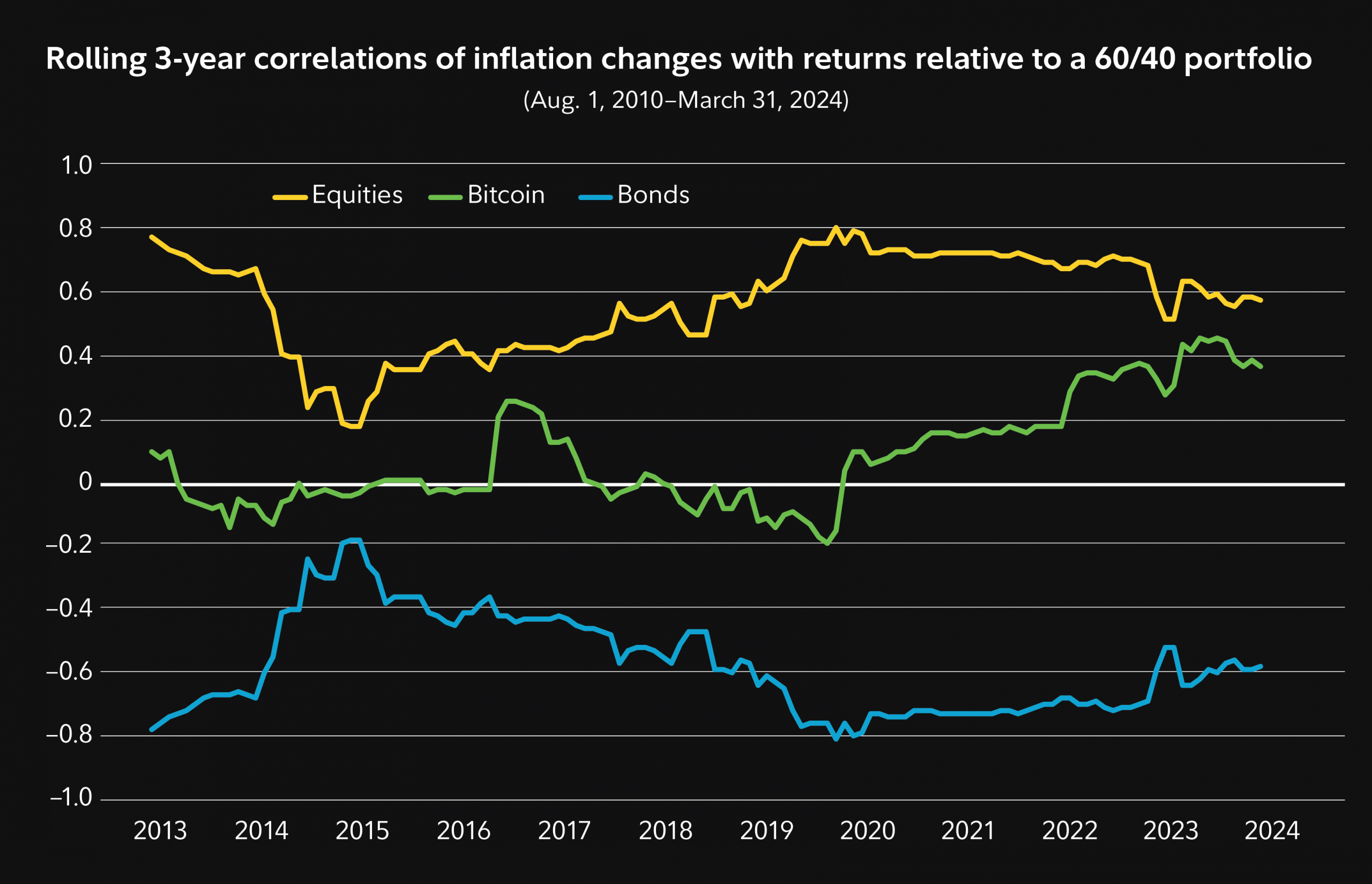In the rapidly evolving world of cryptocurrency, investors are continuously searching for innovative ways to enhance their portfolios. One of the emerging trends is the concept of “Gas Crypto,” which is poised to significantly impact how users interact with decentralized applications (dApps) and blockchain networks. In this article, we will explore what Gas Crypto is, its implications for portfolio management, and strategies for incorporating it into your investment approach.
What is Gas Crypto?
Gas Crypto refers to the transaction fees required to perform operations on a blockchain network, particularly on platforms like Ethereum. Gas serves as a measure of computational work and is essential for executing smart contracts and conducting transactions. The term “Gas” has its origins in the Ethereum ecosystem, where users must pay a certain amount of Ether (ETH) to cover the processing costs of their transactions. Understanding gas fees is crucial for anyone looking to invest in or utilize blockchain technologies.
The Importance of Gas Fees
Gas fees play a critical role in the functionality and security of blockchain networks. Here are some key points highlighting their importance:
- Transaction Validation: Gas fees incentivize miners and validators to process and confirm transactions, ensuring the network remains secure and operational.
- Resource Allocation: Gas fees help allocate network resources efficiently, prioritizing transactions based on the fees users are willing to pay. Higher fees can lead to faster transaction confirmations.
- Network Health: The level of gas fees can indicate the overall health and activity of a blockchain network, providing insights for potential investors.
Impact of Gas Crypto on Portfolio Management
Investors can leverage Gas Crypto to optimize their portfolio gains in several ways:
1. Cost Management
Understanding gas fees can help investors manage their transaction costs effectively. By timing transactions during periods of low network congestion, investors can minimize fees, preserving more capital for investment purposes.
2. Strategic Investment Timing
Gas prices fluctuate based on network demand. By monitoring gas prices, investors can identify optimal times to enter or exit positions in various cryptocurrencies, maximizing potential gains.
3. Diversification into Gas Tokens
Some blockchain ecosystems have their native tokens designed to cover gas fees; For example, Ethereum’s gas fees are paid in ETH, but other networks have their tokens. Investing in these “gas tokens” can provide a dual benefit: exposure to the underlying network and potential appreciation as demand for the network grows.
Strategies for Boosting Portfolio Gains with Gas Crypto
To effectively incorporate Gas Crypto into your investment strategy, consider employing the following tactics:
- Monitor Gas Prices: Use tools and platforms that track gas prices in real-time. This information can help you decide the best times to execute transactions.
- Participate in DeFi: Engage with decentralized finance (DeFi) platforms that require gas fees for transactions. By participating in yield farming or liquidity pools, you can earn returns that offset gas costs.
- Invest in Layer 2 Solutions: Layer 2 scaling solutions, like Polygon and Optimism, reduce gas fees significantly. Investing in projects that utilize these solutions can enhance your overall returns.
- Stay Informed: Keep up with developments in the blockchain space, as changes in technology or regulations can impact gas fees and investment opportunities.
Risks and Considerations
While leveraging Gas Crypto can enhance portfolio gains, it’s essential to be aware of the associated risks:
- Volatility: Cryptocurrency prices and gas fees can be highly volatile, leading to unexpected costs and losses.
- Network Congestion: During times of high demand, gas fees can spike, making transactions costly and potentially hindering your investment strategy.
- Smart Contract Risks: Engaging with dApps and DeFi platforms entails risks associated with smart contract vulnerabilities, which could lead to loss of funds.
Gas Crypto represents a unique opportunity for investors looking to enhance their portfolio gains through informed management of transaction fees and strategic investment in blockchain technologies. By understanding the dynamics of gas fees and employing effective strategies, investors can navigate this evolving landscape and position themselves for potential success in the cryptocurrency market. As always, thorough research and cautious investing practices are paramount in this high-risk, high-reward environment.
As the blockchain ecosystem continues to develop, staying informed and adaptable will be key. Embrace Gas Crypto as a tool for optimizing your portfolio, and explore the myriad of opportunities it presents in the ever-changing world of cryptocurrency.
Future Trends in Gas Crypto
As the cryptocurrency landscape matures, several trends related to Gas Crypto are emerging that could influence investment strategies and the overall market dynamics:
1. Enhanced Scalability Solutions
Various blockchain projects are actively working on scalability solutions to address high gas fees and network congestion. Innovations such as sharding, rollups, and off-chain transactions are gaining traction. By investing in projects that adopt these technologies, investors can benefit from reduced transaction costs and improved network efficiency. Keeping an eye on developments within these projects can be crucial for optimizing portfolio performance.
2. Cross-Chain Interoperability
Interoperability between different blockchain ecosystems is becoming increasingly important. Solutions that facilitate seamless cross-chain transactions can significantly reduce gas fees and enhance user experience. As a result, investing in platforms that prioritize interoperability can lead to increased adoption and, consequently, higher asset values. Projects like Polkadot and Cosmos are already making strides in this area, and their success may provide lucrative investment opportunities.
3. Institutional Adoption
As institutional investors continue to enter the cryptocurrency space, demand for efficient transaction processing will rise. This increased demand could lead to advancements in gas fee structures and the development of new financial products that cater to institutional needs. By tracking institutional interest and investment vehicles, retail investors can position themselves to capitalize on these trends.
4. Regulatory Developments
Regulatory scrutiny of cryptocurrency transactions is intensifying across the globe. How governments choose to regulate gas fees and transaction processes will have a profound impact on the market. Staying informed about regulatory changes and how they affect gas fees can help investors make informed decisions and avoid potential pitfalls.
Gas Crypto is more than just a transactional necessity; it is a significant factor that can influence your overall investment strategy in the cryptocurrency market. By understanding gas dynamics and staying abreast of emerging trends, investors can position themselves to take advantage of opportunities that come with innovations in blockchain technology.
As the market continues to evolve, fostering a proactive approach to gas fees and their implications will empower investors to navigate the complexities of cryptocurrency investment. Whether through strategic timing, diversification into gas tokens, or embracing new technologies, leveraging Gas Crypto can enhance portfolio performance and pave the way for future gains. Remember, in the world of cryptocurrencies, knowledge is power, and being informed is the best way to ensure your financial success.









